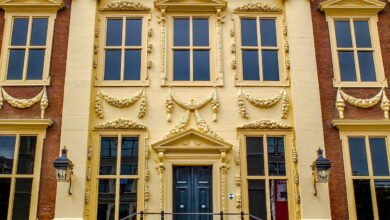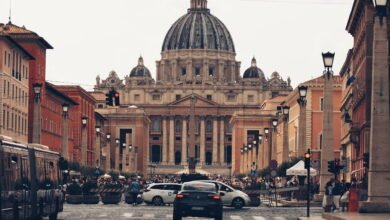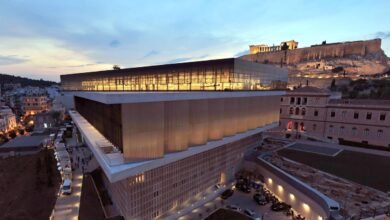Louvre Museum symbolizes art, history, and brilliant architecture. It is a well-known cultural institution. The exciting records of the Louvre are explored in this article, alongside its recognizable artworks, beautiful architecture, dialogue of its cultural relevance, and insights into the touring experience.
Introduction
The Louvre is a world-well-known and famous museum. It is located in Paris, France. It was first constructed withinside the twelfth century as a fortification; however, via time, it has developed into a first-rate series of innovative marvels. This intriguing trip will explore the past, present, and allure of the Louvre.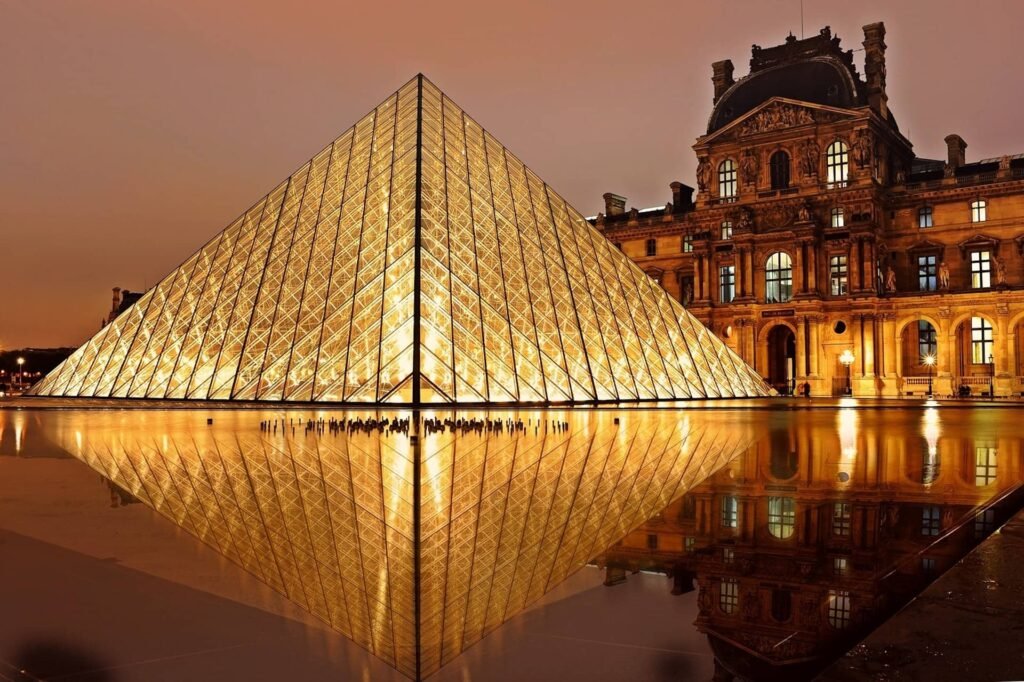
History of the Louvre
-
Origins and Architectural Development
The story of the Louvre begins in the medieval era when King Philippe Auguste constructed a fortress to fortify Paris against invasions. Over time, the defense evolved into a royal residence, witnessing architectural additions and modifications under different monarchs. The architectural development showcases a blend of styles ranging from medieval to Renaissance and beyond.
-
Transition into a Louvre Museum
In 1793, the Louvre opened as a museum during the French Revolution. The historic decision to transform the royal palace into a museum democratized knowledge and art. Since then, the Louvre has become more well-known and enchants tourists with its vast art holdings.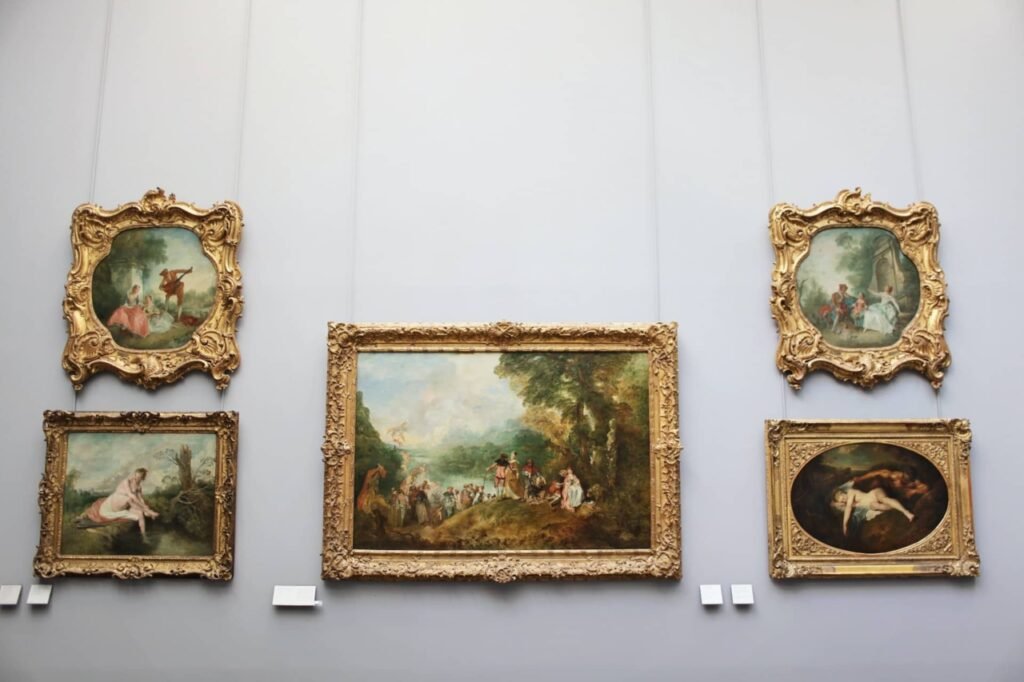
Iconic Artworks
A superb series of artworks, many of which have emerged as icons, can be visible within the Louvre. These painting works have a long-lasting effect on the cultural environment, connecting artwork enthusiasts and informal tourists.
-
Mona Lisa
One must acknowledge the enigmatic smile of Leonardo da Vinci’s Mona Lisa to mention the Louvre. With its subtle details and mesmerizing aura, this iconic painting attracts millions of visitors who flock to glimpse this enigmatic lady.
-
Venus de Milo
Another marvel housed within the Louvre is the Venus de Milo, an ancient Greek sculpture depicting the goddess of love and beauty. This statue stands as a symbol of classical art, evoking admiration and awe.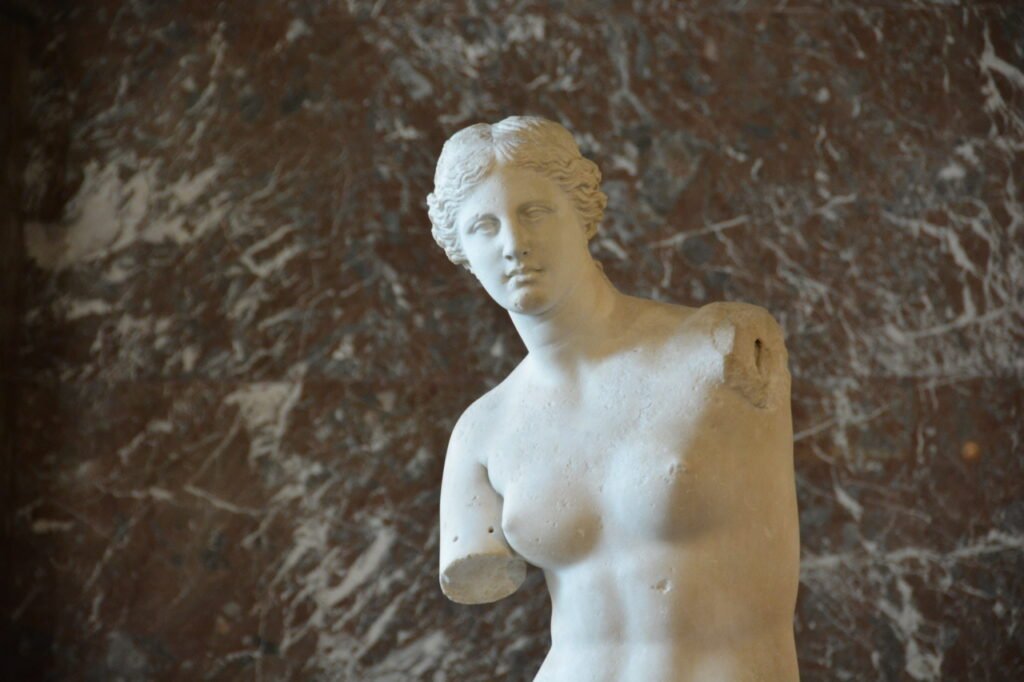
-
Winged Victory of Samothrace
A sculpture from the Hellenistic period is The Winged Victory of Samothrace. Representing the Greek goddess Nike is a masterpiece that captures the essence of triumph and grace. Its position on a pedestal overlooking the grand staircase of the Louvre Museum adds to its dramatic impact.
Architectural Marvels
Besides its remarkable art collection, the Louvre boasts architectural marvels that enhance its grandeur and allure.
-
Louvre Pyramid
The museum’s primary entrance is the spectacular glass and metal Louvre Pyramid, created by famous architect I.M. Pei. This contemporary addition starkly contrasts the ancient structures, creating a fascinating fusion of the old and new that represents the Louvre’s innovative spirit.
-
Grand Louvre Project
The Grand Louvre Project, initiated in the 1980s, expanded the museum’s exhibition space and improved its infrastructure. The renovation and addition of new wings and galleries allowed for displaying more artwork and ensured a seamless visitor experience.
Louvre as a Cultural Institution
The Louvre Museum’s significance extends beyond being a repository of art. It is a cultural institution that influences and shapes the world of art and heritage.
-
Importance and Influence
As one of the world’s most prestigious museums, the Louvre sets trends, influences artistic dialogue, and fosters cultural exchange. Its collections inspire artists, scholars, and art enthusiasts worldwide, contributing to the continuous evolution of art and culture.
-
Educational Initiatives
The Louvre Museum also plays a vital role in education. It offers various educational programs and workshops designed to engage visitors of all ages, nurturing an appreciation for art and history. Through these initiatives, the Louvre aims to create a lasting impact on future generations.
Visitor Experience
Visiting the Louvre Museum is a memorable experience, with countless treasures to discover and explore. Here are some highlights and practical information to ensure an enriching visit.
-
Highlights of the Museum
Aside from the iconic artworks mentioned earlier, the Louvre’s vast collection encompasses diverse artistic genres, including paintings, sculptures, decorative arts, and archaeological artifacts. Visitors can also marvel at the stunning Napoleon III Apartments and stroll through the picturesque Tuileries Garden.
-
Practical Information
To make your travel experience, planning is advisable. The Louvre Museum offers online ticket booking to avoid long queues, and audio guides provide detailed information about the exhibits. Additionally, the museum houses restaurants and shops where visitors can relax and purchase souvenirs.
Conclusion
The Louvre Museum is evidence of both the strength of cultural institutions and the enduring beauty of art. It is a recognized destination for art lovers worldwide because of its illustrious past, famous art pieces, architectural wonders, and dedication to education. A visit to the Louvre is a transformative experience that connects visitors with humanity’s artistic heritage.
FAQs for The Louvre Museum
What can visitors expect to see at the exhibition?
Visitors can expect a diverse collection of masterpieces from different artistic movements, ancient artifacts, historical objects, and cultural treasures. The exhibition aims to provide a comprehensive overview of the rich artistic and cultural heritage preserved at the Louvre Museum.
Is there a specific theme or focus for the exhibition?
The exhibition's primary focus is highlighting the vast diversity of art, history, and culture in the Louvre Museum's collection. It aims to present a broad spectrum of artistic styles, historical periods, and civilizations to provide visitors with a comprehensive understanding of human creativity and heritage.
Can photography or filming be done inside the exhibition?
Photography and filming policies may vary for each exhibition at the Louvre Museum. Generally, non-flash photography is permitted for personal, non-commercial use in most museum areas, but restrictions may apply to specific artworks or displays. It is advisable to check the museum's photography policy or ask staff for guidelines for the "The Louvre: Unveiling the Treasures of Art, History, and Culture" exhibition.
Can visitors purchase souvenirs related to the exhibition?
Yes, visitors can often find a variety of souvenirs related to the exhibition at the Louvre Museum's gift shops or dedicated exhibition shops. These may include books, postcards, posters, replicas of artworks, and other cultural items inspired by the exhibition's theme.


